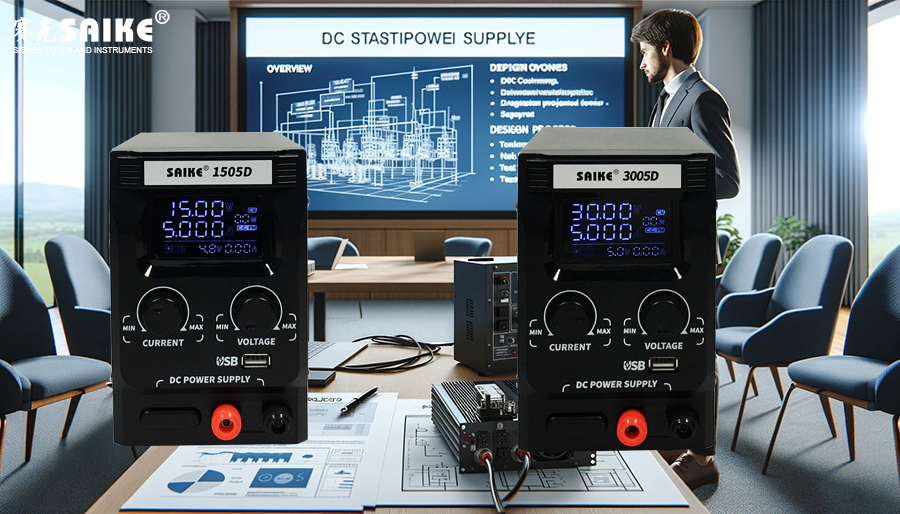
SK-YJ000ZLWYDY-KP 100039
The design of protection circuits for DC stabilized power supplies is a critical factor in ensuring power supply reliability and safety. Protection circuits are designed to prevent problems such as overload, short circuits, overvoltage, overcurrent, and overtemperature, thereby safeguarding the power supply and its connected equipment from damage. The following sections provide a detailed introduction to several common protection circuit design strategies and explain how to implement these protection functions.
I. Overvoltage Protection (OVP)
1.Principles and Design
– Detection Circuit: A voltage detection circuit is used to monitor the output voltage. When the voltage exceeds a set threshold, the circuit triggers a protection mechanism.
– Response Mechanism: The design can be configured to disconnect the output or adjust the feedback network to reduce the output voltage.
2.Implementation Methods
– Zener Diode: A zener diode is connected in parallel at the output. When the voltage exceeds a specific level, the zener diode conducts, directing excess voltage to ground.
– Electronic Switch: Transistors or relays can be used to disconnect the power supply output when overvoltage is detected.
II. Overcurrent Protection (OCP)
1.Principles and Design
– Current Sensing: The output current is continuously monitored using current sensors, such as Hall effect sensors or resistors.
– Response Mechanism: When the current exceeds a safe range, the power supply is protected by current limiting or circuit breaking.
2.Implementation Methods
– Current Limiting: Linear or switching regulators are used to limit the maximum current output.
– Self-resetting Fuse: When a large current flows, the fuse heats up and disconnects. It automatically resets once conditions return to normal.
III. Short-circuit Protection (SCP)
1.Principles and Design
– Short-circuit Detection: Real-time monitoring of the output terminals for short circuits is achieved, typically by comparing current sensor data.
– Response Mechanism: Quickly disconnect the output or reduce it to a safe level.
2.Implementation Methods
– Fast Circuit Breaker: Relays or semiconductor switches are used to rapidly cut off the output when a short circuit is detected.
– Current Limiting Circuit: Keeps the output at a low current state to prevent damage to the power supply and connected equipment.
IV. Overtemperature Protection (OTP)
1.Principles and Design
– Temperature Monitoring: A temperature sensor, such as a thermistor, is used to monitor the internal temperature of the power supply.
– Response Mechanism: When the temperature exceeds a set limit, the output power is reduced or completely cut off.
2.Implementation Methods
– Thermal Circuit Breaker: Automatically disconnects the power supply output when the temperature is too high.
– Control Feedback: Adjusts the control loop to reduce output power, thereby controlling temperature rise.
V. Summary
The design of protection circuits is a core component of DC stabilized power supply design, directly related to the reliability and safety of the power supply. By implementing protection functions such as overvoltage, overcurrent, short-circuit, and overtemperature protection, damage to the power supply and connected equipment can be effectively avoided. The design should ensure timely response and recovery capabilities of the protection circuits while considering the balance between the complexity of the protection circuits and costs. Implementing effective protection mechanisms not only improves product stability and reliability but also meets safety standards and market requirements.


